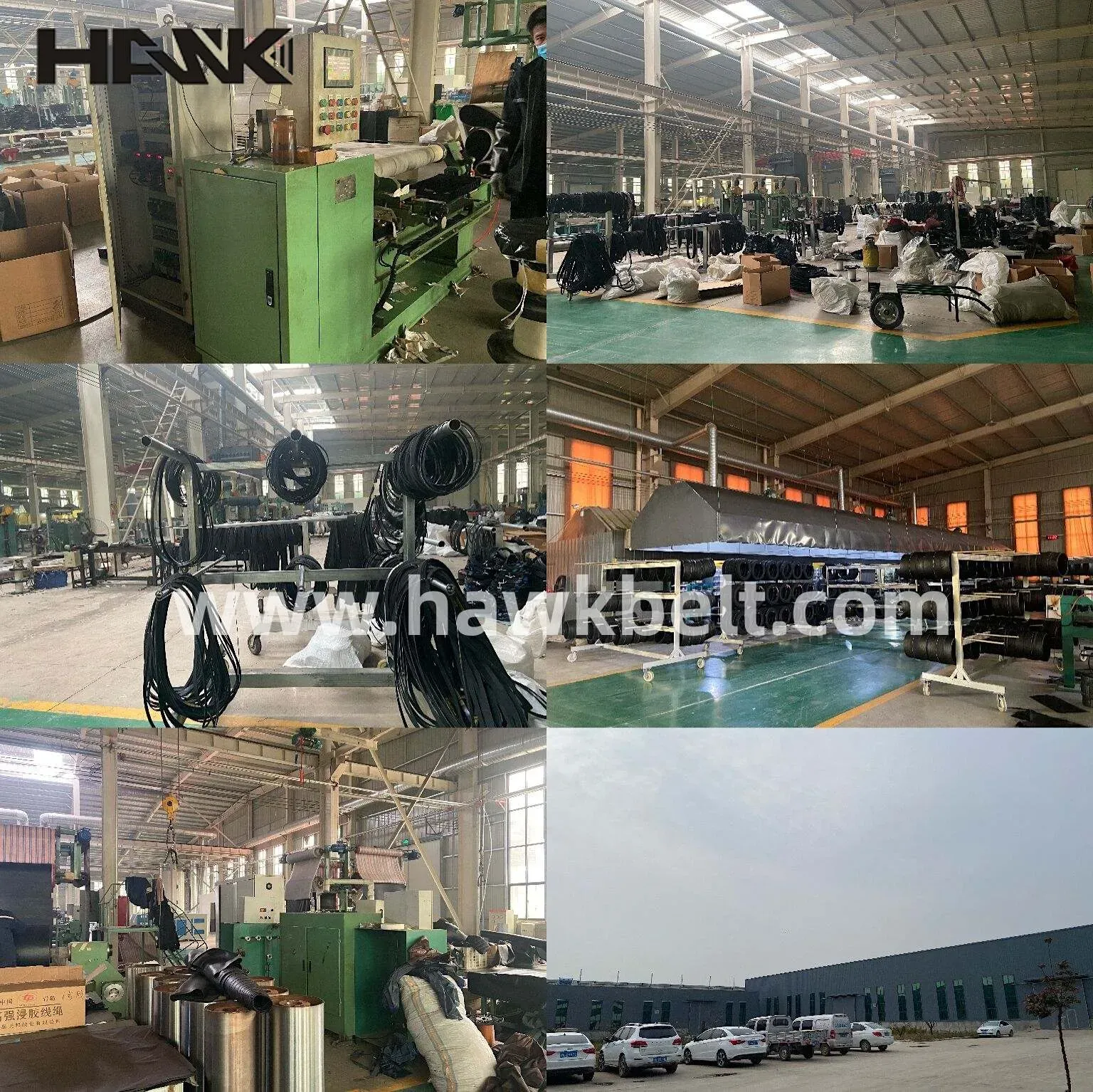- Arabic
- French
- Russian
- Spanish
- Portuguese
- Turkish
- Armenian
- English
- Albanian
- Amharic
- Azerbaijani
- Basque
- Belarusian
- Bengali
- Bosnian
- Bulgarian
- Catalan
- Cebuano
- Corsican
- Croatian
- Czech
- Danish
- Dutch
- Afrikaans
- Esperanto
- Estonian
- Finnish
- Frisian
- Galician
- Georgian
- German
- Greek
- Gujarati
- Haitian Creole
- hausa
- hawaiian
- Hebrew
- Hindi
- Miao
- Hungarian
- Icelandic
- igbo
- Indonesian
- irish
- Italian
- Japanese
- Javanese
- Kannada
- kazakh
- Khmer
- Rwandese
- Korean
- Kurdish
- Kyrgyz
- Lao
- Latin
- Latvian
- Lithuanian
- Luxembourgish
- Macedonian
- Malgashi
- Malay
- Malayalam
- Maltese
- Maori
- Marathi
- Mongolian
- Myanmar
- Nepali
- Norwegian
- Norwegian
- Occitan
- Pashto
- Persian
- Polish
- Punjabi
- Romanian
- Samoan
- Scottish Gaelic
- Serbian
- Sesotho
- Shona
- Sindhi
- Sinhala
- Slovak
- Slovenian
- Somali
- Sundanese
- Swahili
- Swedish
- Tagalog
- Tajik
- Tamil
- Tatar
- Telugu
- Thai
- Turkmen
- Ukrainian
- Urdu
- Uighur
- Uzbek
- Vietnamese
- Welsh
- Bantu
- Yiddish
- Yoruba
- Zulu
Nov . 09, 2024 07:17 Back to list
Choosing the Right V Belt for Your Auto Parts Needs Explained
Understanding Auto Parts The Role of V-Belts
In the world of automotive engineering, every component plays a pivotal role in ensuring that vehicles operate smoothly, efficiently, and reliably. Among these components, the V-belt is often overlooked, yet it is critical for the functioning of various mechanical systems in vehicles. This article will delve into the importance of V-belts, their functions, types, maintenance, and the latest innovations in the automotive industry related to them.
What is a V-Belt?
A V-belt, also known as a Vee belt, is a type of flexible loop used to transmit power between shafts in a range of mechanical devices. The belt’s cross-section has a trapezoidal shape, which allows it to fit snugly into the grooves of pulleys. This design not only provides excellent grip but also helps minimize slippage, ensuring that power is transferred efficiently from one engine component to another. V-belts are commonly found in vehicles, connecting the engine to various accessories, like the alternator, power steering pump, and water pump.
Functions of V-Belts in Vehicles
The main function of V-belts is power transfer. In a typical vehicle engine, the crankshaft turns the V-belt, which in turn drives different accessories. For instance, when the crankshaft rotates, it pulls the V-belt that is linked to the alternator for electricity generation, the water pump for cooling, and the power steering pump for assistance in steering. Each of these components is essential for the vehicle's operation and performance. Without a functional V-belt, these systems would fail, leading to a breakdown.
Types of V-Belts
There are several types of V-belts, each designed for specific applications and performance requirements. The most common types include
1. Classic V-Belts Widely used in older vehicles, they have a simple design and are suitable for basic power transfer applications. 2. Narrow V-Belts These belts are narrower and designed to handle higher loads while taking up less space, making them ideal for compact engines. 3. Cogged V-Belts Featuring notches on the underside, cogged belts provide greater flexibility and can operate more efficiently in tight spaces, reducing heat buildup. 4. Poly-V Belts These belts, also known as serpentine belts, have multiple small grooves and can drive several accessories at once. They are common in modern engines, allowing for a less cluttered and lighter engine bay.
auto parts v belt

Maintenance of V-Belts
Proper maintenance of V-belts is crucial for ensuring their longevity and effective performance. Some key maintenance tips include
- Regular Inspections Check for signs of wear, fraying, or cracks on the belt's surface. Any visible damage can lead to potential failure, so replacement is often necessary. - Proper Tension A V-belt must maintain the correct tension to prevent slippage. Loosening can lead to ineffective power transfer, while excessive tension can cause premature wear. - Alignment Ensure that pulleys are aligned correctly. Misalignment can increase stress on the belt, leading to quicker degradation.
Innovations in V-Belt Technology
With advancements in materials and engineering, V-belt technology has seen significant improvements in recent years. Manufacturers are now employing high-performance synthetic materials that enhance the durability and resistance of V-belts against heat, oil, and abrasion. Additionally, the design of V-belts continues to evolve, with some brands offering belts that are nearly maintenance-free and come with improved service life.
In the automotive industry, eco-friendliness is also becoming a priority. Some manufacturers are focusing on creating V-belts made from recycled materials or biodegradable options, thus aligning with global sustainability goals.
Conclusion
V-belts are a quintessential part of automotive assemblies that are critical for the smooth functioning of a vehicle. Understanding their importance, types, and maintenance can lead to better vehicle upkeep and enhanced performance. As automotive technology continues to evolve, staying informed about the latest advancements in V-belt technology will help drivers make better choices for their vehicles. Whether you are a car enthusiast, a mechanic, or an everyday driver, appreciating the role of V-belts can lead to a deeper understanding of the machinery that keeps us moving.
-
Upgrade Power Steering Pump Belt for Smooth, Quiet Operation
NewsAug.27,2025
-
Precision Timing Belt & Chain: Engine Performance & Durability
NewsAug.26,2025
-
Precision Lathe Drive Belts: Durable & Reliable Performance
NewsAug.25,2025
-
84.5 Serpentine Belt: Durable & Precision Fit for Your Engine
NewsAug.24,2025
-
Premium Ribbed Drive Belts for Quiet Power Transmission
NewsAug.23,2025
-
High-Performance Vehicle Timing Belt for Engine Precision
NewsAug.22,2025

